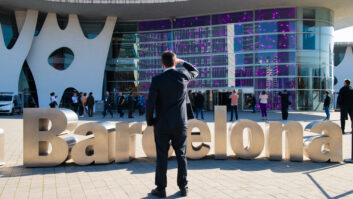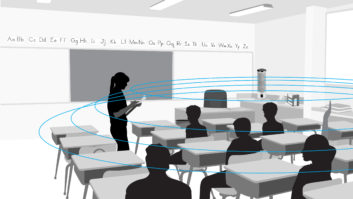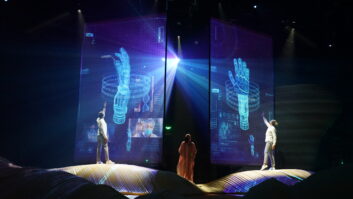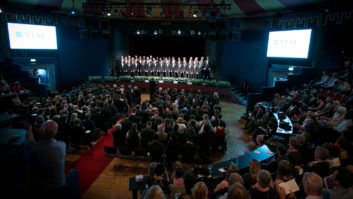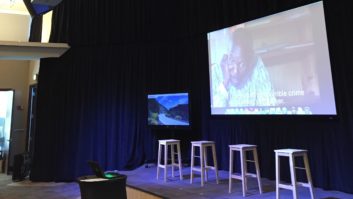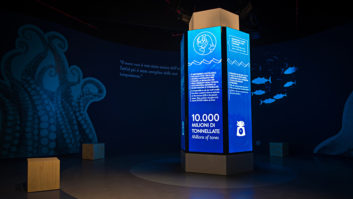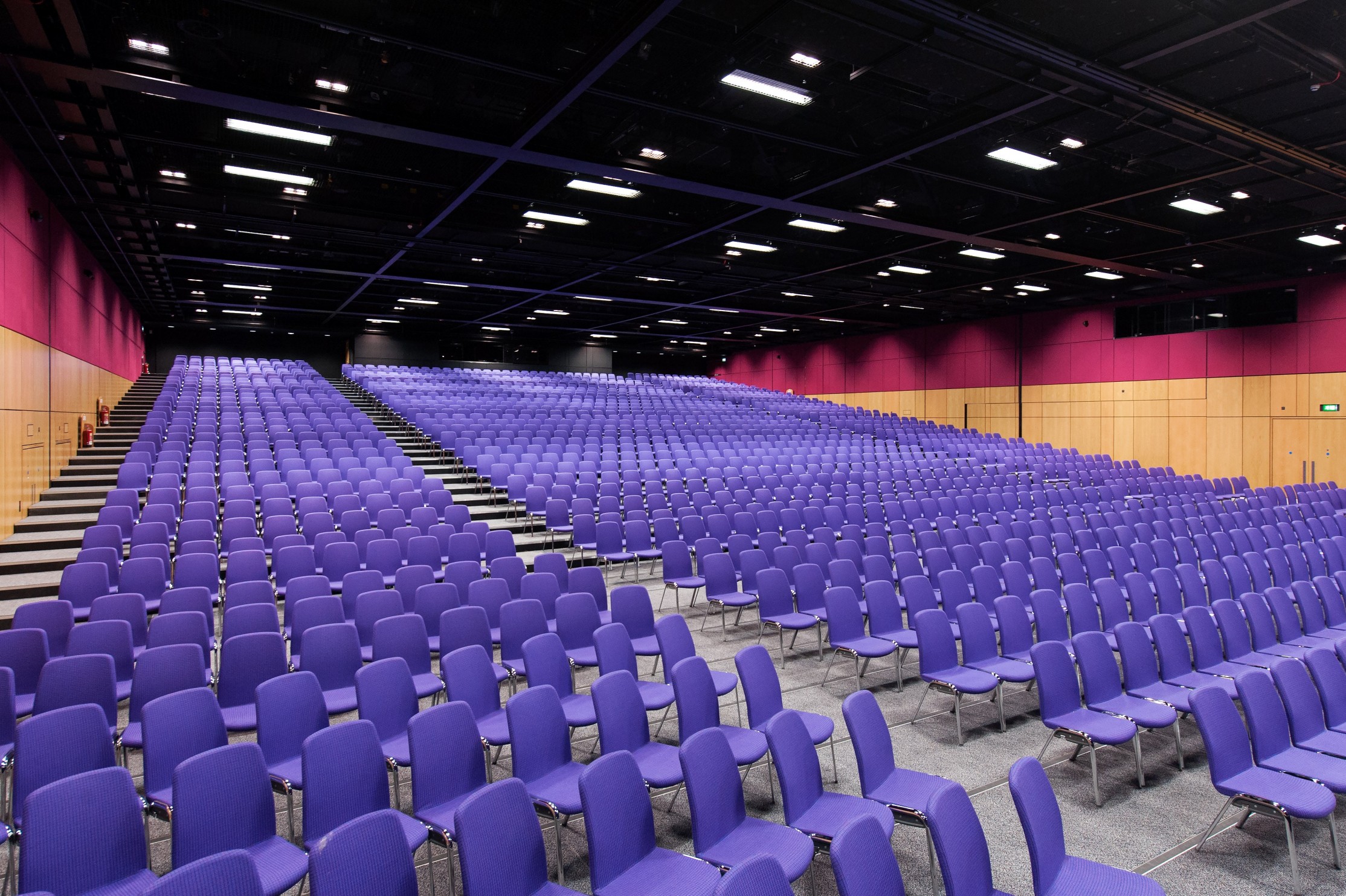
What are the initial considerations that should be taken into account when planning a networked audio system? David Davies explores the first of three specific scenarios in a bid to find out.
Somehow it doesn’t seem quite appropriate to assess the networking technology year in terms of its ‘eventfulness’. Nonetheless, it is hard to resist describing 2014 as a highly eventful year for audio networking – possibly even the one in which we witnessed some form of tipping point away from traditional point-to-point connectivity.
Of course, many long-serving technologies – notably MADI – remain in heavy usage. But with Audinate’s Dante continuing to record new licensees at a formidable rate (in excess of 180 at time of writing), ALC NetworX’s Ravenna starting to achieve market traction, and the AES67 networking standard providing further lustre to Layer 3-based networking, the impression of a proper breakthrough is no mirage.
What’s more, the upward trajectory looks set to continue in 2015. A forthcoming control standard may complement AES67, while the AVnu Alliance – flag-waver for the audio-video bridging (AVB) movement – will benefit from a certified audio endpoint reference platform, a newly created Industrial market segment, and a few additional members (namely Belden, General Electric and National Instruments).
But what about the situation at the ground level? Virtually everyone involved with networking talks about upping the educational effort to reach more potential end-users – and few would deny the desirability of that. However, the early adopters among the integrator community have already passed this point and are actively thinking about how to deploy specific networking technologies in their fixed install projects.
To investigate the current state of the audio networking art, Installation decided that it might be insightful to address three specific scenarios and invite leading manufacturers to identify the initial considerations to be taken into account when plotting a networked audio system. These, then, are the ‘headline’ priorities that should be heeded; sadly, there isn’t scope here to go in-depth into multiple design options.
The first scenario revolves around a mid-size conference facility requiring a comprehensive audio networking solution that is fully integrated and easy to use. Picture one large-capacity (1,000-seat) room and a smaller (500-seat) space, along with respective control rooms and back office areas. There should also be opportunity to expand the configuration relatively painlessly in the future.
Andreas Hildebrand, senior product manager at ALC NetworX, highlights some of the key factors that would have to be taken into account when designing a networked system in a conference facility. “The first thing I would look at is whether my conference system is something that can live in a local network infrastructure,” he says. “If it is bound to the borders of a venue, you could potentially run a Layer 2 environment, which gives the option of using a technology like AVB. But if it needs to run across network boundaries, into several local area network segments, then you need to look at a Layer 3 solution. Performance-wise you wouldn’t experience much difference between a Layer 2 and a Layer 3-based solution.”
But, he continues, “current and future product availability would be another key issue here”. While Ravenna itself is a Layer 3-based technology successfully introduced in certain application areas (mostly professional broadcasting and high-end recording), Hildebrand admits that there isn’t much in the way of available, Ravenna-supporting product suitable for conference applications at this time. “But it is certainly a market we are aware of and looking at,” he confirms.
Maintaining low latency would be another preference for conference applications, says Audinate CEO Lee Ellison, who highlights the ability to put together a Dante-based conference facility system using a wide variety of vendors’ equipment. “In terms of the conference market, [there is Dante deployment] for products from Symetrix, BSS, Biamp, QSC, Shure, Audio-Technica and others. There is also a wide selection of I/O boxes and suchlike to make it easier for the installer to connect, use and change the system,” says Ellison.
The general Harman philosophy, explains Harman International senior manager for systems design Adam Holladay, is that “we don’t want to force the customer down a particular route. The emphasis, therefore, is on offering as many solutions as possible in order to meet the needs of a particular project – [not least] because in an installed sound system, certainly a larger one, we find that the IT network is often determined well in advance of the audio networking protocol.”
With that caveat in place, Holladay says that he would probably recommend a Dante-based deployment of Harman equipment for conference applications. “In a conference venue, the Ethernet or network infrastructure will probably have been determined by an IT division beforehand. This would basically rule out using AVB, as the AVB solution we offer is only going to function on AVB-compatible switches, and at this time there are not many of those,” he says.
Suggesting a possible workflow, Holladay says that Dante could be used to network between Soundcraft consoles and BSS Soundweb signal processing. “For ease of use, I would then suggest our BLU Link protocol to daisy-chain between BSS and Crown amplifiers; in essence to turn the rack room into a large matrix taking the audio off the network. This means that you can use the network for system-wide distribution, but then for processing audio from the processor box to the amplifier box, there is no need for audio from the network because they are right next to each other in the rack,” says Holladay.
“Where AVB has considerable merit is in a more self-contained system such as a house of worship which doesn’t face the issue of an external IT department. Here the self-policing of audio data on an AVB network would be of considerable advantage to the AV system designer.”
